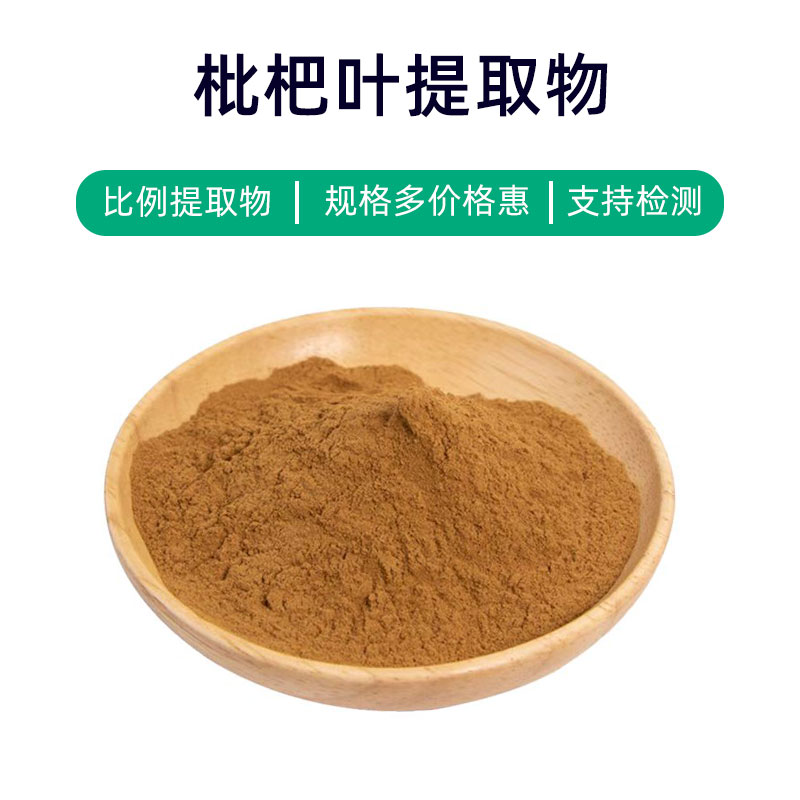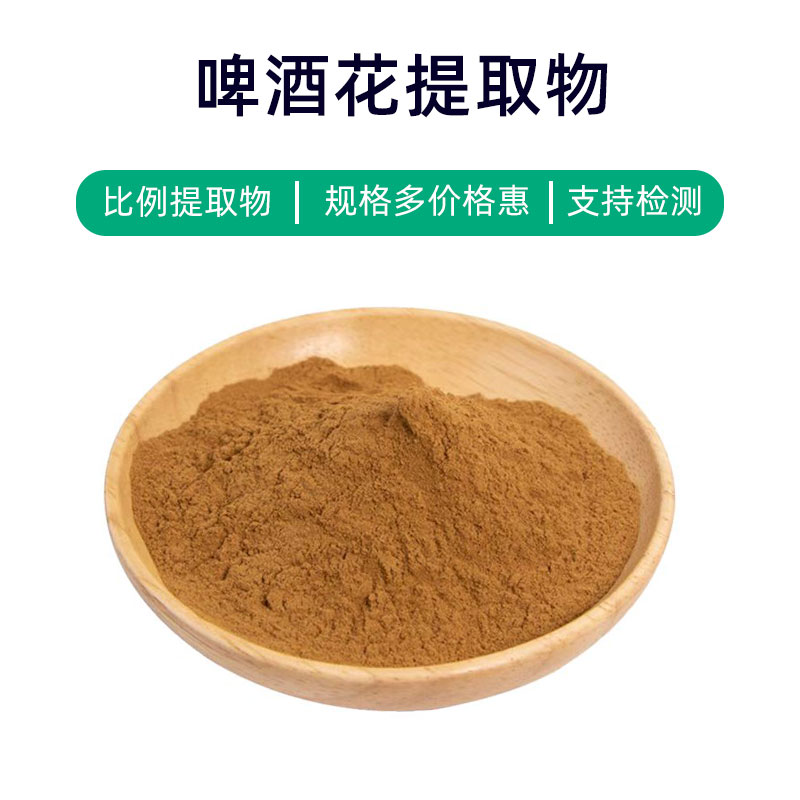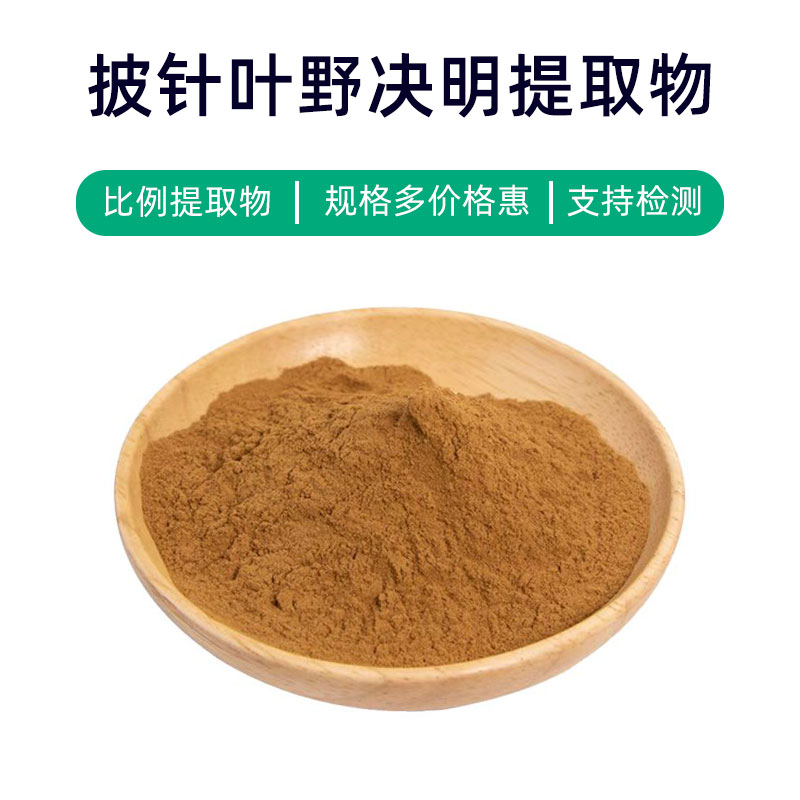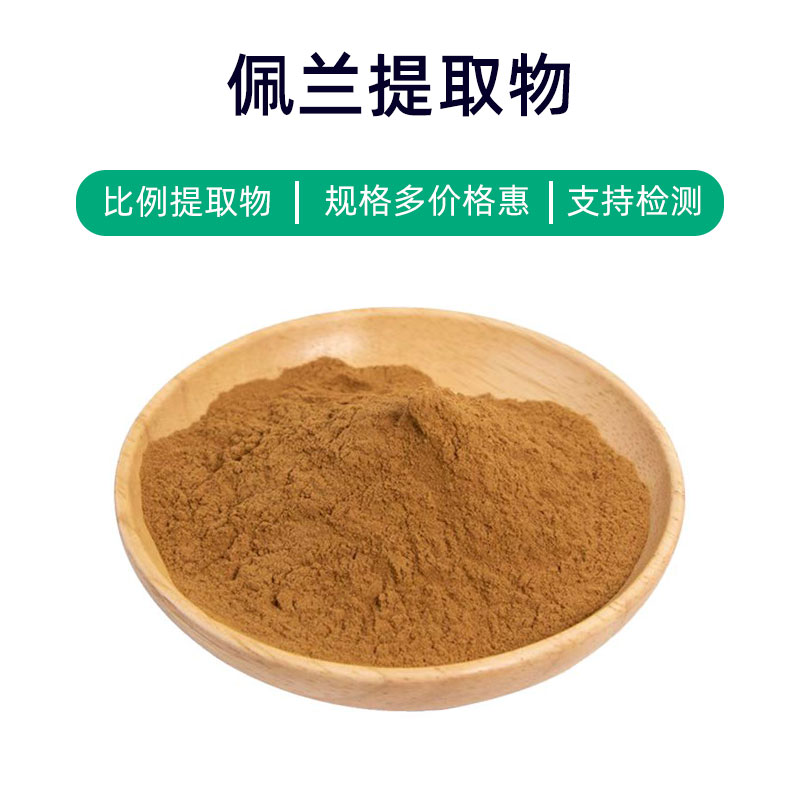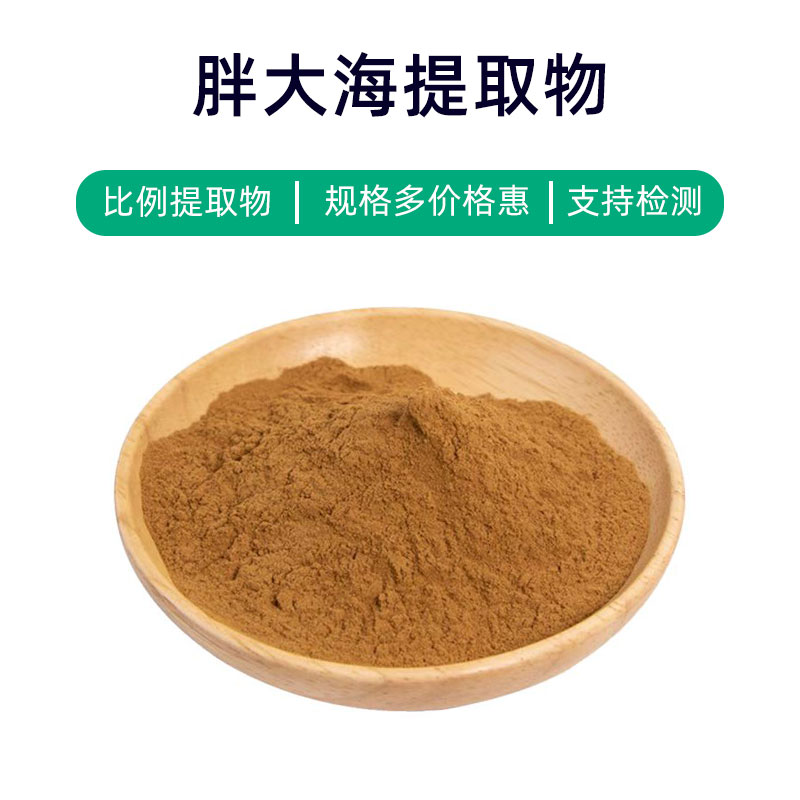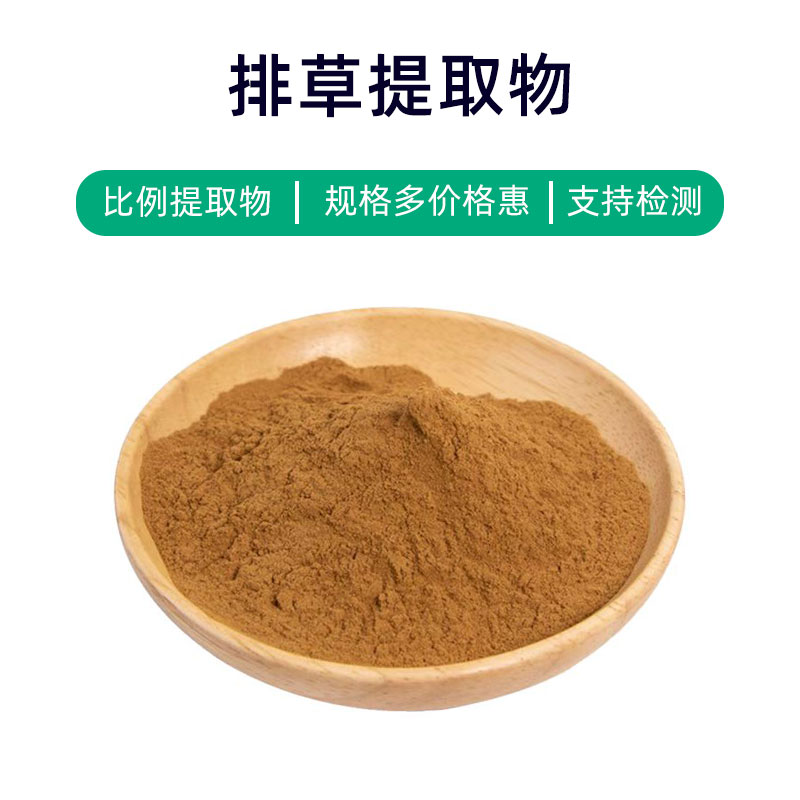Introduction to Crataegus Leaf Extract
Crataegus Leaf Extract is a natural plant extract derived from hawthorn species, featuring key components like flavonoids, phenolic compounds, and chlorophyll. It is extensively utilized in the fields of medicine, dietary supplements, and cosmetics, providing various benefits and applications.
Crataegus Leaf Extract is recognized for its significant antioxidant properties, capable of scavenging free radicals and protecting cells from oxidative damage. Additionally, it exhibits anti-inflammatory effects, helps lower blood pressure, and improves cardiovascular health, aiding in the prevention of cardiovascular diseases.
In the medical field, it is often used to create cardiovascular supplements and medications for treating conditions like hypertension and angina, and is considered beneficial for enhancing heart function and blood circulation.
In dietary supplements, Crataegus Leaf Extract is commonly incorporated as an ingredient in products like oral liquids, capsules, or tablets for daily nutrient supplementation and health maintenance.
In cosmetics, Crataegus Leaf Extract is frequently added to skincare and haircare products for its antioxidant, anti-inflammatory, and skin-calming effects, helping to protect skin from environmental damage and reduce skin problems.
Overall, Crataegus Leaf Extract serves as a natural plant extract with numerous benefits and applications, widely utilized in medicine, dietary supplements, and cosmetics, providing essential support for health and beauty.
Production Process for Crataegus Leaf Extract
The production process for Crataegus Leaf Extract typically involves the following main steps:
- Raw Material Preparation: Fresh hawthorn leaves are selected as the extraction material. The leaves undergo rigorous screening and cleaning to remove impurities and damaged leaves.
- Crushing and Grinding: The cleaned hawthorn leaves are crushed and ground to enhance extraction efficiency, often using mechanical grinding or low-temperature freezing methods to ensure an optimal particle size.
- Extraction Process: The crushed hawthorn leaves are mixed with extraction solvents and processed under suitable temperature and time conditions. Common solvents include water, ethanol, and ether, with selection based on product requirements.
- Filtration and Concentration: The extracted mixture is filtered to remove solid particles and impurities. Subsequently, methods like evaporation or freeze concentration are used to remove solvents from the extract, yielding a concentrated product.
- Crystallization and Drying: The concentrated extract undergoes crystallization to improve purity. It is then transformed into powder form using spray drying or vacuum drying methods for easier packaging and storage.
- Quality Control: Throughout the production process, strict quality control is implemented, monitoring the content of active ingredients, purity, and microbial levels to ensure compliance with relevant standards and regulations.
- Packaging and Storage: Finally, the extract is packaged, typically in sealed containers to prevent oxidation and moisture exposure. The packaged products are stored in a cool, dry, light-avoiding environment to ensure stability and long-term preservation.
Effects and Side Effects of Crataegus Leaf Extract
Crataegus Leaf Extract, as a natural plant extract, offers multiple benefits, mainly including the following:
- Antioxidant Effects: Rich in natural antioxidants such as polyphenols and vitamin C, Crataegus Leaf Extract can scavenge free radicals, reduce oxidative stress on cells, protect cell health, and delay aging.
- Anti-inflammatory Effects: The active components in Crataegus Leaf Extract possess anti-inflammatory properties that can inhibit the release of inflammatory factors, alleviate inflammation, and help relieve symptoms of inflammatory diseases like arthritis and dermatitis.
- Liver Protection: Studies indicate that Crataegus Leaf Extract has protective effects on the liver, reducing damage and promoting the repair of liver cells, thus improving liver function.
- Blood Sugar Regulation: Some components of Crataegus Leaf Extract help lower blood sugar by promoting insulin secretion and enhancing tissue utilization of glucose, aiding in stabilizing blood sugar levels and preventing metabolic diseases like diabetes.
- Digestion Improvement: With abundant fiber and tannins, Crataegus Leaf Extract can enhance gastrointestinal motility and increase protective barriers of the gastrointestinal mucosa, aiding digestion and relieving indigestion and gastrointestinal inflammation.
- Antibacterial Effects: Certain active components in Crataegus Leaf Extract exhibit antibacterial and antifungal properties, inhibiting bacterial and fungal growth, thus providing preventive and therapeutic effects against common bacterial and fungal infections.
Crataegus Leaf Extract is generally safe when used correctly, but prolonged or excessive use may lead to adverse reactions such as indigestion or allergic reactions. Therefore, it is essential to follow medical advice or the product manual for appropriate usage, considering individual differences and allergic reactions. Discontinue use and seek medical attention if any discomfort occurs.
Application Scenarios and Dosage for Crataegus Leaf Extract
Crataegus Leaf Extract, as a natural plant extract, finds extensive applications in medicine, food, and cosmetics. Here are its application scenarios and suggested dosages in different fields:
- Applications in the Medical Field:
- Preventing Cardiovascular Diseases: Crataegus Leaf Extract, rich in polyphenols with notable antioxidant and anti-inflammatory properties, can be used to prevent cardiovascular diseases. Dosage: Common forms include oral capsules or liquids, recommended to follow doctor's advice or product manual.
- Relieving Indigestion: It encourages gastrointestinal motility and enhances the protective barrier of the gastrointestinal mucosa, useful for alleviating indigestion and gastrointestinal inflammation. Dosage: Common forms include oral tablets or granules; generally, an adult dose of 200-400 mg is advised 2-3 times daily.
- Applications in the Food Industry:
- Food Additive: Crataegus Leaf Extract can serve as a natural food additive with preservative and antioxidant properties for producing juices, jams, and beverages. Dosage: Usually added per food processing standards and national regulations, typically not exceeding 2 grams per kilogram of food.
- Flavoring Agent: It can also be used as a natural flavoring agent, imparting a unique taste and texture to foods. Dosage: Added to individual taste based on food type, with no specific dosage limit.
- Applications in the Cosmetics Field:
- Skincare Products: Rich in natural antioxidants, Crataegus Leaf Extract is suitable for skincare products with moisturizing, anti-aging, and soothing properties. Usage: Generally included in masks, lotions, serums, etc., following product instructions.
- Haircare Products: Additionally, it can be used in shampoos and conditioners to cleanse the scalp, nourish hair, and improve hair texture. Usage: Included in shampoos or conditioners, advised as per product guidelines.
When using Crataegus Leaf Extract, it is recommended to follow manufacturer guidelines and product instructions for correct usage and dosage to avoid adverse reactions from overuse or improper use. Immediate discontinuation and medical consultation are advised if any allergic reactions or discomfort occur.
Introduction to the Source Plant of Crataegus Leaf Extract: Distribution and Growth Environment
Crataegus Leaf Extract is sourced from the hawthorn tree (scientific name: Malus domestica), a common deciduous tree belonging to the rose family. Below is an introduction to the hawthorn tree, its distribution, and growth environment:
- Plant Introduction:
The hawthorn tree is an evergreen or semi-evergreen tree that typically grows 10-40 feet tall, with a rounded or oval crown. Its leaves are oval or obovate, with serrated edges and a deep green color. It blooms in spring, with flowers typically pink or white, having five petals and a brief flowering period. - Distribution:
The hawthorn tree is native to Europe and southwestern Asia, primarily found in countries such as the UK, France, Italy, and Spain, and is widely cultivated in North America, Australia, and New Zealand. In China, it is also planted, mainly in northern and southwestern regions. - Growth Environment:
The hawthorn tree is highly adaptable, thriving in warm, humid climates and requiring ample sunlight while also tolerating shade. It prefers fertile, well-drained soils but is not strictly tied to soil type, though loose, fertile, well-drained loam is ideal. The hawthorn tree is fairly frost-resistant but does not tolerate extreme heat or drought conditions well. - Cultivation and Propagation:
Hawthorn trees are typically propagated through methods such as seed sowing, cuttings, or grafting. Sowing usually occurs in the fall, while cuttings are taken from vigorous branches. Grafting involves selecting suitable rootstocks and scions. Regular pruning and fertilizing are necessary for attractive growth and vigorous development. - Primary Uses:
In addition to being cultivated for ornamental purposes, the hawthorn tree's fruit is widely used in food processing for making jams, juices, and baked goods. The leaves, flowers, and bark also possess medicinal value and are traditionally used for treating diseases like colds and coughs.
Crataegus Leaf Extract serves as a natural plant extract utilized in various fields, including medicine, food, and cosmetics, and is derived from the leaves of the hawthorn tree, processed through scientific extraction methods.
Processing and Storage of Crataegus Leaf Extract
Processing of Crataegus Leaf Extract usually includes the following steps: First, fresh hawthorn leaves are collected and cleaned, removing impurities and foreign materials; next, the cleaned hawthorn leaves are dried or frozen to ensure the stability of active components; then, appropriate extraction methods, such as water or organic solvent extraction, are utilized to extract active ingredients; finally, the resulting Crataegus Leaf Extract undergoes filtering, concentrating, and drying to yield the final product.
For storage, Crataegus Leaf Extract should be kept in a cool, dry, and ventilated area, away from direct sunlight and high temperatures. It is recommended to store the extract in opaque, sealed containers to prevent light and oxygen exposure from affecting its quality. Additionally, avoiding contact with harmful substances helps maintain its purity and activity. Proper storage methods contribute to prolonging the shelf life and stability of Crataegus Leaf Extract.
Monica Sun is a seasoned expert in the plant extraction industry with over a decade of experience in research and production. She specializes in the extraction and purification of plant active ingredients, focusing on driving innovation in natural product applications. Monica has participated in the development of multiple functional plant extracts, delivering high-value natural raw material solutions for the health food, pharmaceutical, and dietary supplement sectors.









